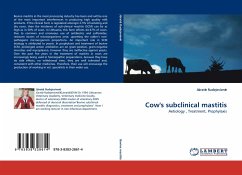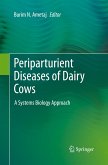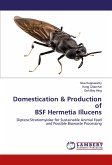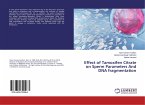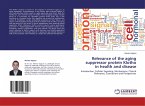Bovine mastitis in the meat processing industry has been and will be one of the most important interferences in producing high quality milk products. If the clinical form is registered amongst 2-5% of lactating and dry cows, then the incidence of sub-clinical mastitis (SCM) can be as high as in 50% of cows. In Lithuania, this form affects 44-47% of cows. Due to common and erroneous use of antibiotics and sulfamides, resistant strains of microorganisms arise, upsetting the udder s non-pathogenic microorganism proportions. An important role in SCM etiology is attributed to yeasts. In prophylaxis and treatment of bovine SCM, prolonged action antibiotics act on gram-positive, gram-negative microbes and mycoplasma, however they are ineffective against yeasts. Over the past five years in the treatment of mastitis in cows are increasingly being used in homeopathic preparations, because they have no side effects, no withdrawal time, they are well tolerated and, consistent with other medicines. Therefore, their use will encourage the production of working in vet. specialists in their wider use.
Bitte wählen Sie Ihr Anliegen aus.
Rechnungen
Retourenschein anfordern
Bestellstatus
Storno

